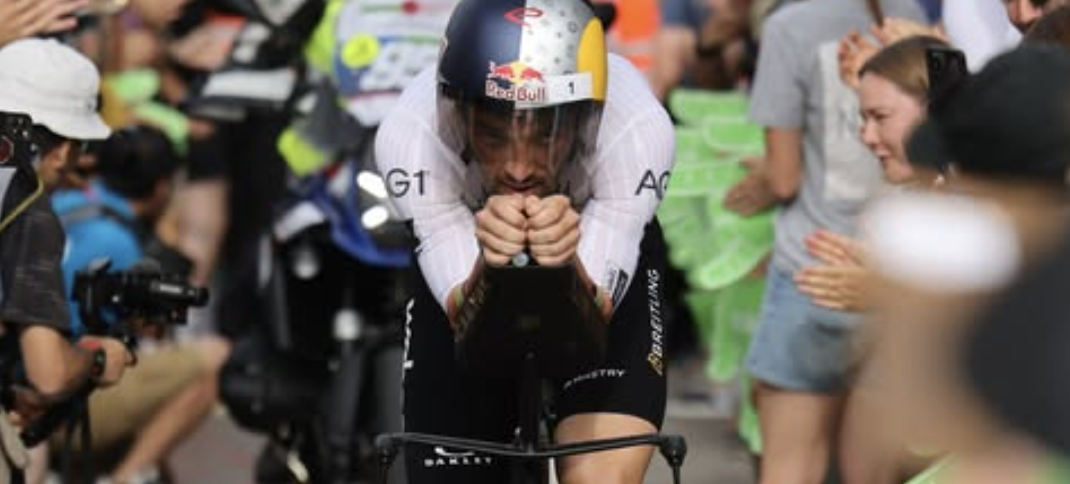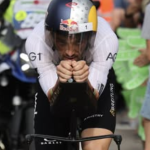In a move welcomed by transparency advocates and triathlon purists alike, Challenge Roth has officially published the RaceRanger drafting data from this year’s race – offering the public an unprecedented look at which athletes played fair and who may have ridden too close for too long. The dataset is extensive, and the insights are just as striking.
Data Deep Dive: Zero Drafting for the Winners
First and foremost, the data reveals a clean and honest race among the top finishers. Men’s champion Sam Laidlow and women’s winner Laura Philipp each logged zero seconds in the illegal draft zone. They weren’t alone. Runner-up Jonas Schomburg also had a perfect drafting score, and third-place finisher Jan Stratmann registered just four seconds. In the women’s field, Grace Thek (second) and Alanis Siffert (third) kept things just as clean, with only 14 and 5 seconds respectively. These numbers reinforce what the eye often misses: elite athletes are increasingly racing on their own merits.
Men Draft More Than Women – And the Numbers Prove It
Zooming out, a clear trend emerges: male athletes draft significantly more than female athletes. While the women’s field saw only two athletes – Justine Mathieux (9:19) and Lisa-Maria Domauer (5:36) – with notable drafting times, the men’s race featured several athletes racking up three to seven minutes, with some even exceeding that. This disparity may be less about discipline and more about dynamics: women’s fields are typically smaller, leading to fewer packs and thus fewer drafting opportunities.
Vincent Luis & Tristan Olij: Surprises in the Red Zone
Not all surprises were positive. Frenchman Vincent Luis, who made his Long Distance debut with an impressive 4th-place finish, was flagged for 9:35 minutes in the draft zone, with 6:12 of those spent behind Henri Schoeman. Dutch athlete Tristan Olij, who finished 12th, spent a race-high 13:58 minutes in the illegal zone – raising eyebrows and sparking reflection.
To his credit, Olij spoke candidly about the findings:
“It’s uncomfortable to see these numbers go public, because people will form opinions. But for me, it’s mostly an eye-opener.”
Olij estimated he rode 70% of the course solo, but cited the challenges of riding in inconsistent groups where the pace dropped, particularly in corners and climbs.
“I often had to brake or correct, which pushed me into the red zone. And then I had to brake again,” he explained.
“In hindsight, I should’ve just broken away and ridden my own race earlier. I’ll be more conscious of that in the future.”


